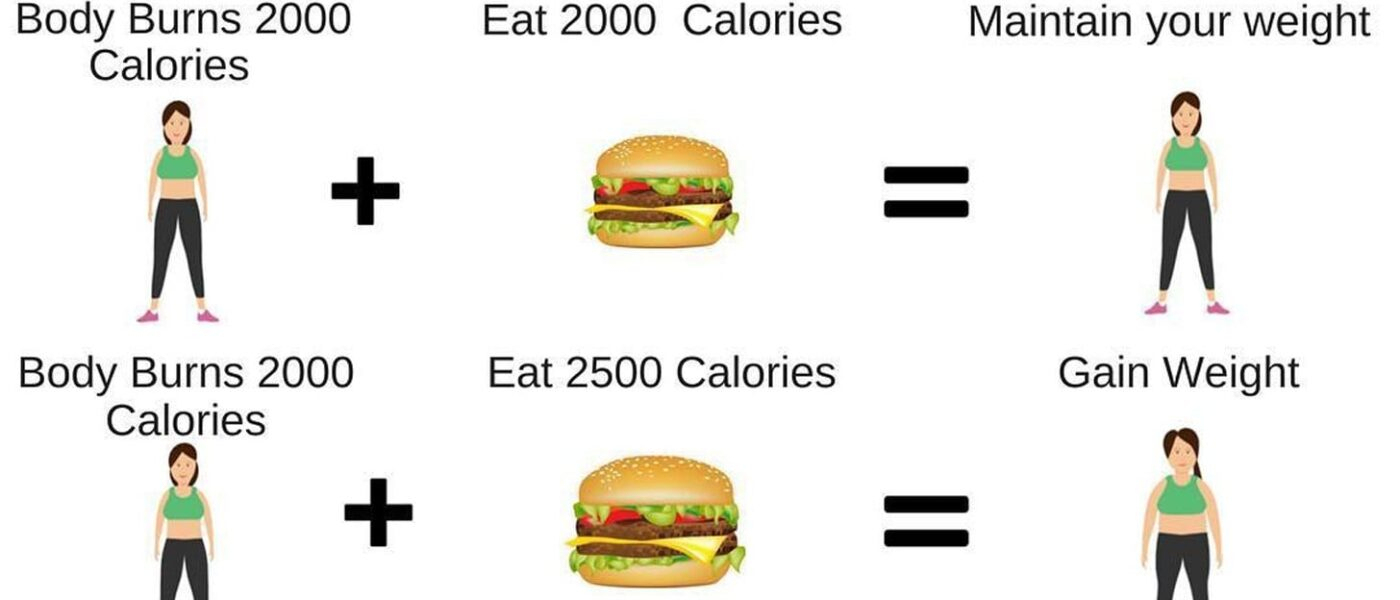How Many Calories Should I Eat To Lose Weight
Navigating the world of caloric intake and weight loss can be a daunting task. However, with the right guidance, it becomes simple to determine how many calories you need in a day, how to effectively burn them, how many are in common foods, and how many you should consume to successfully lose weight. This detailed guide provides a comprehensive analysis of caloric intake and weight loss, and offers nuanced insights into the number of calories in a variety of foods, such as eggs, avocados, oranges, chicken breasts, and even bottles of vodka. Moreover, it offers practical steps on determining the amount of calories to consume to achieve your weight loss goal, thus making your weight loss journey manageable and successful.
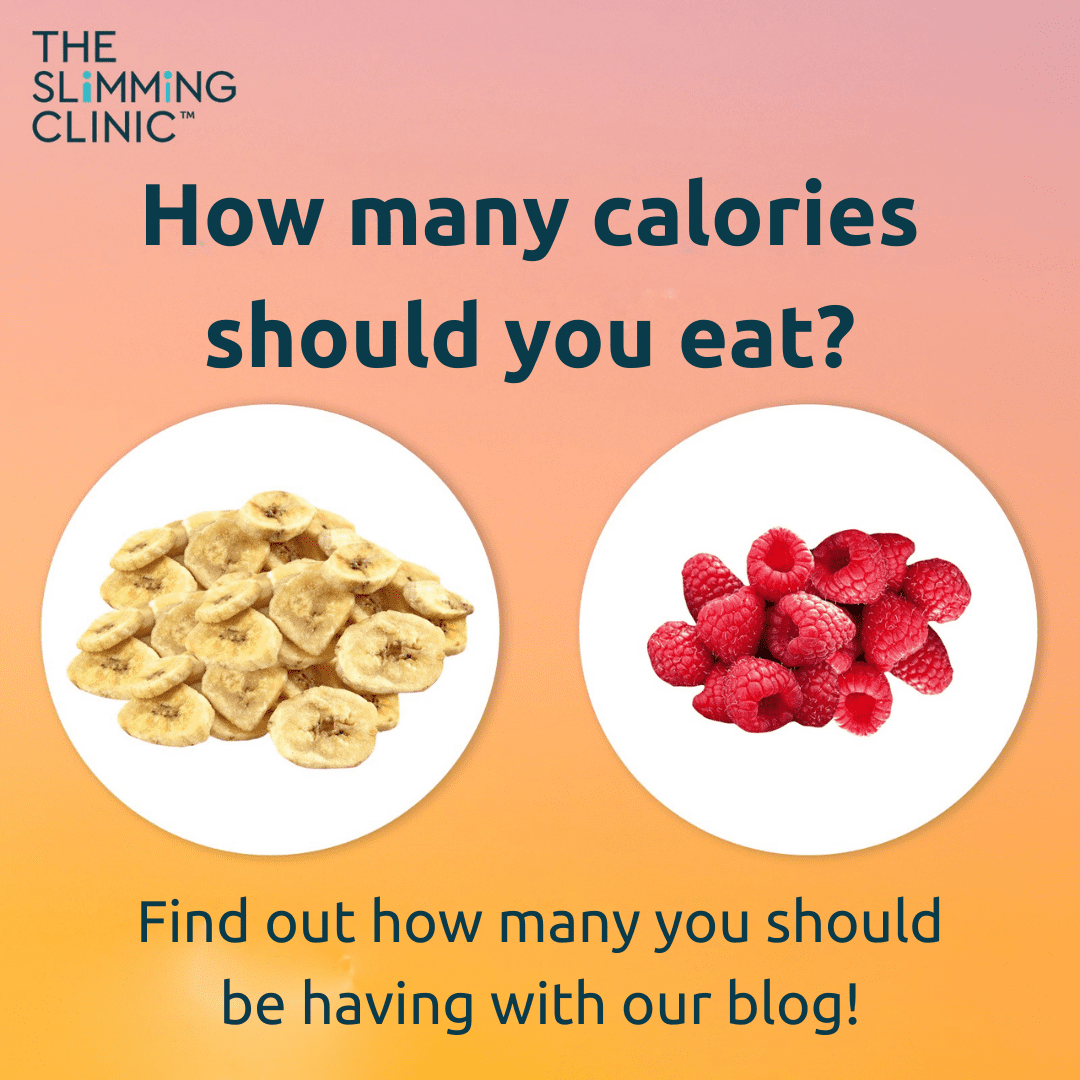
Understanding Calories
What are calories?
Calories are a unit of measurement used to express the amount of energy provided by food and drinks. When you consume a calorie, your body either uses the energy immediately in the basic processes of life, stores it in your body tissues for later use, or discards it as waste.
Role of calories in the body
Calories play a critical role in the human body. They provide the energy you need to perform essential body functions, such as maintaining a healthy heartbeat, supporting your immune system, powering your brain, and maintaining your body’s temperature. The remaining energy is used for physical activity.
Sources of calories
Calories are sourced from the food and drinks we consume. They are contained in various amounts in carbohydrates, proteins, and fats, which are the three main nutrients found in food. Carbohydrates and proteins each provide about four calories per gram, while fat provides about nine calories per gram.
Determining Your Caloric Needs
Factors affecting caloric needs
Your daily caloric needs depend on several factors. These include your age, gender, weight, height, activity level, and overall health. For example, a physically active 25-year-old male requires more calories than a sedentary 70-year-old woman. Meanwhile, certain health conditions might also affect your caloric needs.
Reviewing total energy expenditure
Your total energy expenditure is the total amount of energy or calories you burn each day. It consists of three key elements: basal metabolic rate (the calories needed for your body’s vital functions), physical activity level, and the thermic effect of food (the calories used to process the food you eat).
How to calculate daily caloric needs
To calculate your daily caloric needs, first determine your basal metabolic rate using a BMR calculator. Add the calories you burn from physical activities (which can be estimated with activity level multipliers) and the calories burned from digestion (usually estimated as 10% of total caloric intake). The result is your total daily energy expenditure.
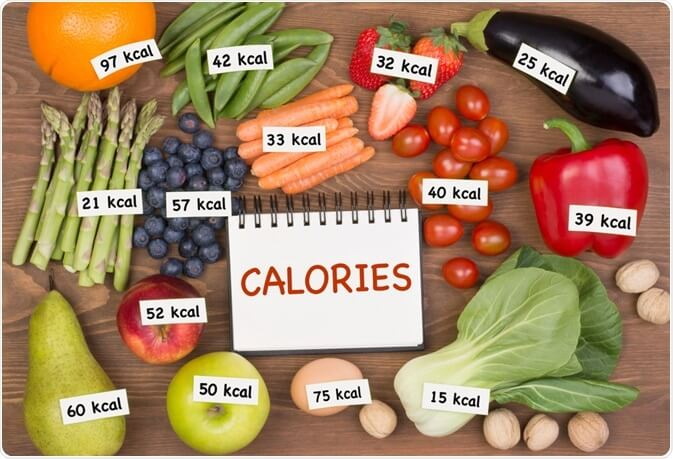
Healthy Caloric Intake for Weight Loss
How many calories should I eat to lose weight?
The number of calories you should eat to lose weight depends on your current weight, height, age, gender, activity level, and weight loss goals. However, a general rule of thumb is to consume 500-1000 fewer calories per day than your total daily energy expenditure to lose about 1-2 pounds per week.
Effect of caloric deficit on weight loss
Creating a caloric deficit means consuming fewer calories than your body burns in a day. This induces your body to use stored fat to make up for the missing energy, hence leading to weight loss.
Creating a sustainable caloric deficit
A sustainable caloric deficit is one that doesn’t leave you feeling deprived or negatively affect your health. It’s generally recommended to aim for a slow, steady weight loss of 1-2 pounds per week, which equates to a daily calorie deficit of about 500-1000 calories. Consider working with a registered dietitian to help you create a balanced diet plan that ensures you’re meeting your nutrient needs while cutting calories.
Caloric Contents of Various Foods
Calories in fruits – apple, banana, orange, strawberries, mango
Fruits are an excellent source of essential vitamins and minerals, as well as fiber. An apple contains about 95 calories, a banana has approximately 105 calories, an orange has about 62 calories, a cup of strawberries contains around 53 calories, and a mango has roughly 99 calories.
Calories in vegetables – avocado, cucumber, sweet potato
Vegetables are also low in calories and high in nutrients. An avocado contains around 234 calories, a cucumber has approximately 45 calories, and a sweet potato has about 103 calories.
Calories in proteins – chicken breast, egg
Protein is a crucial nutrient that helps build and repair tissues, among other functions. A cooked chicken breast contains about 165 calories, and a large egg has approximately 70 calories.
Calories in grains – rice
Grains, particularly whole grains, are an important source of many nutrients. A cup of cooked rice contains around 206 calories.
Calories in beverages – vodka
Alcoholic beverages like vodka can also contribute to your daily intake of calories. A single shot of vodka (approximately 1.5 ounces) contains around 97 calories.
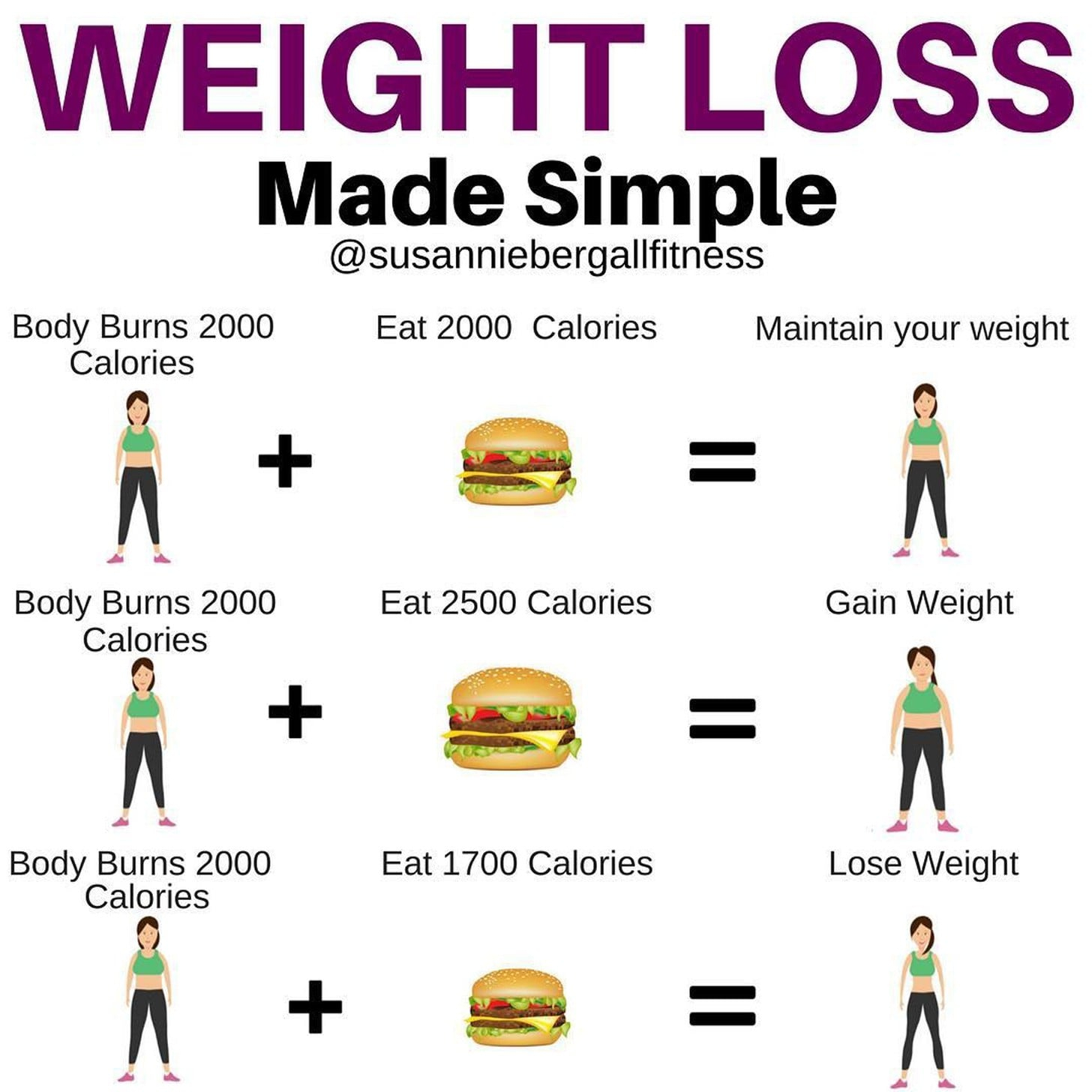
How Many Calories in a Pound of Body Weight
Understanding pound to calorie conversion
One pound of body weight is equivalent to about 3500 calories. This means, to gain one pound, you would need to consume an additional 3500 calories above your daily necessities. Conversely, to lose one pound, you must create a caloric deficit of 3500 calories.
How many calories to burn to lose a pound weight
The pound to calorie conversion explains why weight loss doesn’t happen overnight. Since it takes a deficit of 3500 calories to lose one pound, by creating a daily deficit of 500 calories, you would lose about one pound of weight per week.
Practical implications of pound to calorie conversion
Understanding the pound to calorie conversion can help you better plan your weight loss. This information underlines the importance of patience and consistency as key elements to achieving sustainable weight loss without jeopardizing your health.
How to Burn Calories
Importance of physical activity in burning calories
Physical activity plays a crucial role in burning calories. Exercises ranging from gentle walking to high-intensity interval training (HIIT) can help you burn more calories and augment your weight loss efforts.
How many calories do you burn in a day?
The number of calories you burn in a day depends on your basal metabolic rate, your physical activity level, and the thermic effect of the food you consume. For example, an average adult may burn anywhere from 1800 to 2500 calories per day.
What exercise burns the most calories?
High-intensity exercises such as running, cycling, swimming, skipping rope, and HIIT workouts generally burn the most calories. However, the number of calories burned also depends on the duration and intensity of the workout.
How many calories do you burn walking a mile?
On average, an adult walking at a moderate pace (3 miles per hour) will burn approximately 60-70 calories per mile.
Importance of variety in exercise
Adding variety to your exercise routine can help prevent workout burnout and keep you motivated. It can also ensure a well-rounded fitness routine and help you avoid overuse injuries.
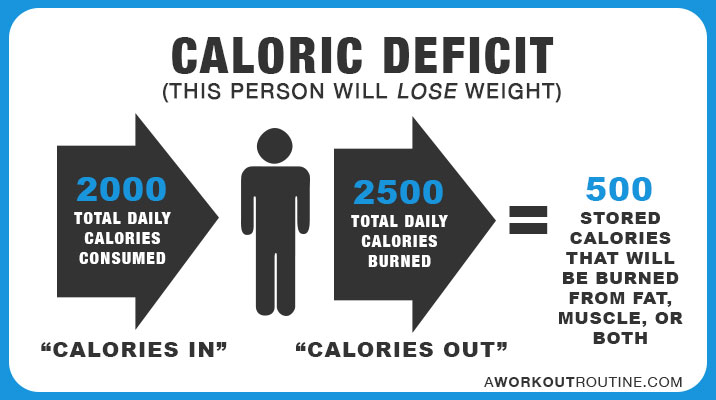
Monitoring Your Caloric Intake and Expenditure
How to track caloric intake
There are various ways to track caloric intake, including food journals, mobile apps, and websites. The aim is to get an accurate picture of what you’re eating so that you can make necessary adjustments to meet your weight loss goals.
Using fitness trackers for caloric expenditure
Fitness trackers can be an effective tool to monitor your caloric expenditure. These devices record your daily steps, heart rate, and other metrics that help estimate the number of calories you burn. However, they may not be 100% accurate, so they should be used as a guide rather than an absolute measure.
Understanding the balance between caloric intake and expenditure
Achieving a balance between caloric intake and expenditure is important for maintaining a healthy body weight. When you burn more calories than you consume, you create a calorie deficit that leads to weight loss. Conversely, when you consume more calories than you burn, you create a calorie surplus that can lead to weight gain.
Risks of Very Low Caloric Intake
Understanding dangers of severe caloric restriction
Severe caloric restriction can lead to malnutrition, muscle loss, weakness, fatigue, and a slower metabolism, making it harder for you to lose weight. It can also negatively impact your hormonal balance, bone health, and mental wellbeing.
Identifying signs of insufficient caloric intake
Signs of insufficient caloric intake include constant feelings of hunger, fatigue, poor concentration, mood swings, trouble losing weight, hair loss, constipation, or feeling cold all the time.
Effect of very low caloric intake on metabolism and health
Drastically reducing your calorie intake can slow your metabolism as your body goes into ‘starvation mode,’ storing calories rather than burning them. This can make it more difficult to lose weight in the long term and potentially lead to nutrient deficiencies, negatively affecting your overall health.
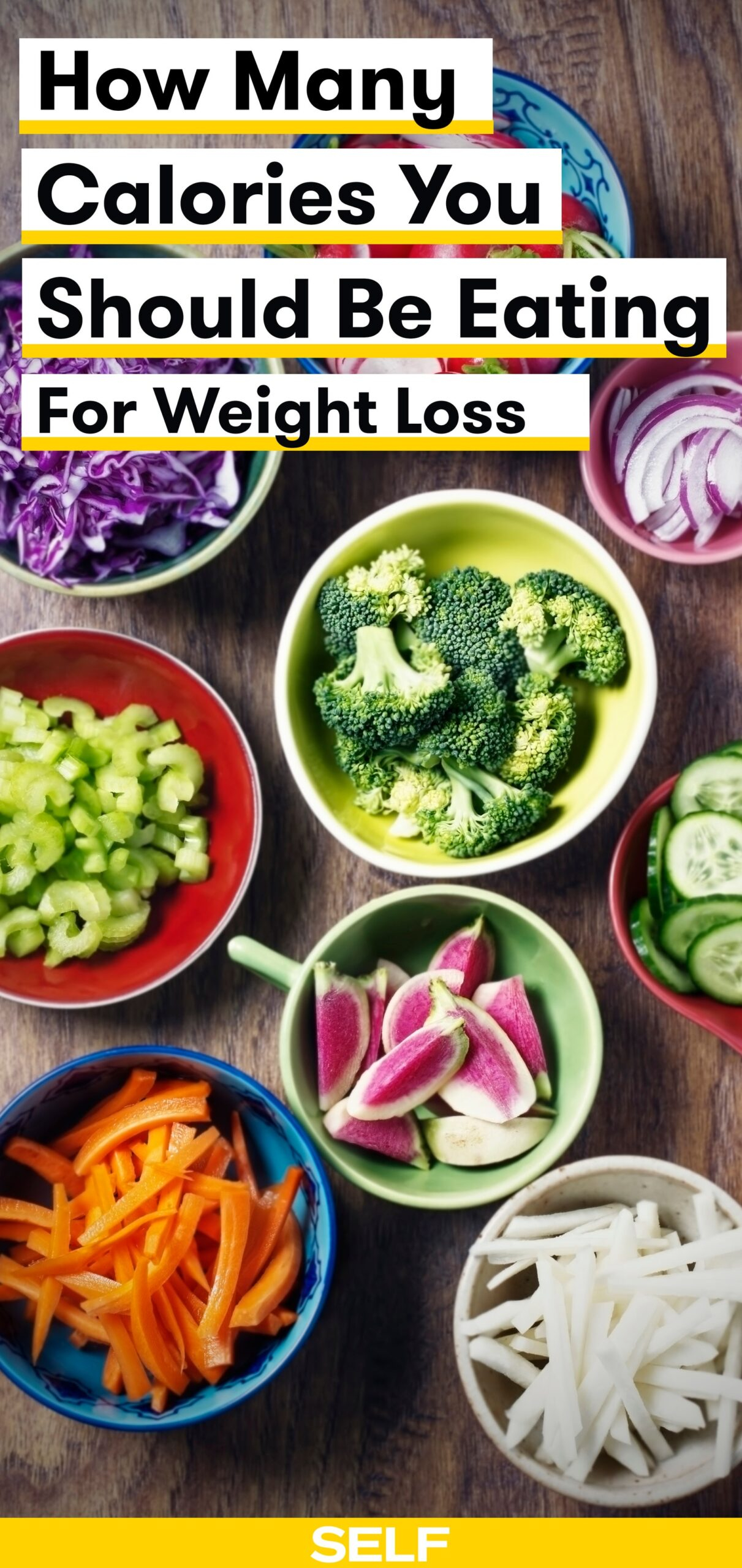
Role of Nutrient-Dense Foods in Weight Loss
Importance of nutrient density over caloric content
When trying to lose weight, it’s crucial to focus on nutrient-dense foods rather than just counting calories. Nutrient-dense foods provide more nutrients relative to their calorie content. They are packed with vitamins, minerals, fiber, and other nutrients your body needs to function optimally and maintain health.
Examples of nutrient-dense foods beneficial for weight loss
Some nutrient-dense foods beneficial for weight loss include lean proteins (like chicken breast, eggs), fruits and vegetables, whole grains, legumes, and healthy fats (like avocados). These foods can help you feel fuller on fewer calories, making it easier to create a calorie deficit without feeling deprived.
How nutrient-dense foods assist in satiety and weight management
Nutrient-dense foods promote satiety because they are usually high in fiber, which slows digestion and helps you feel fuller longer. They also tend to be lower in calories and higher in volume, which can help you lose weight without feeling hungry.
Creating a Customized Weight Loss Plan
Establishing realistic weight loss goals
Realistic weight loss goals are essential for maintaining motivation and progress. Instead of aiming to lose a large amount of weight in a short time, set smaller, achievable goals. A reasonable goal is to lose 1-2 pounds per week, which can usually be achieved through a daily 500 to 1000 calorie deficit.
Planning a balanced diet considering caloric needs
A balanced diet involves consuming a variety of foods across all food groups while staying within your daily caloric needs. Ensure your diet provides all the essential nutrients your body needs while creating a caloric deficit for weight loss.
Incorporating regular physical activity
Regular physical activity helps burn calories, strengthens your muscles and bones, improves mood and mental health, and reduces the risk of many health conditions. Aim for a combination of aerobic exercise, strength training, and flexibility activities for optimal health benefits.
Consistency and patience in the weight loss journey
Consistency is key in weight loss. It’s better to make small changes you can stick to than to attempt drastic changes that you can’t maintain. Be patient, as sustainable weight loss is a slow process. Remember that everyone’s body responds differently to dietary and lifestyle changes, so focus on progress, not perfection.

